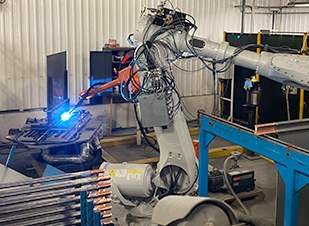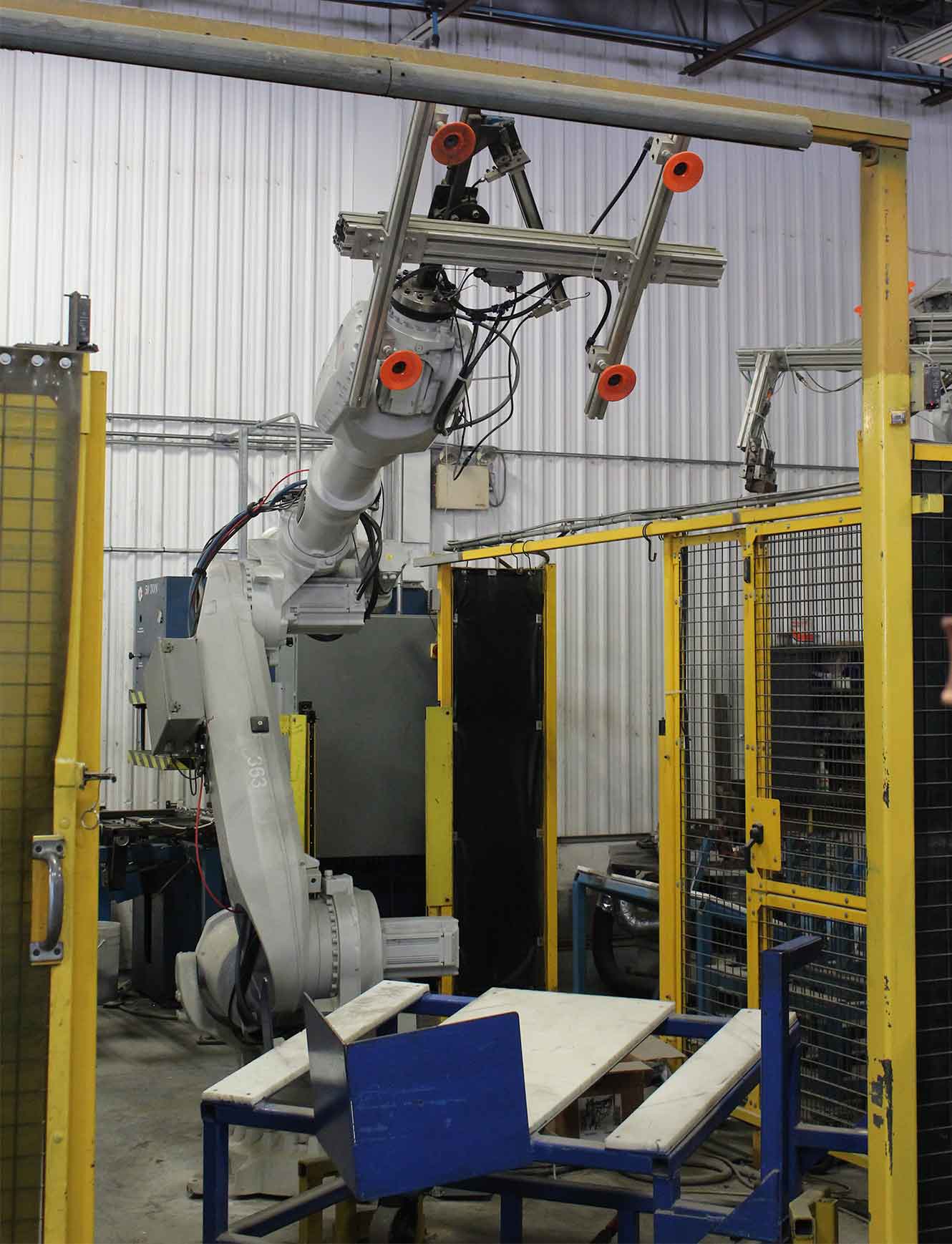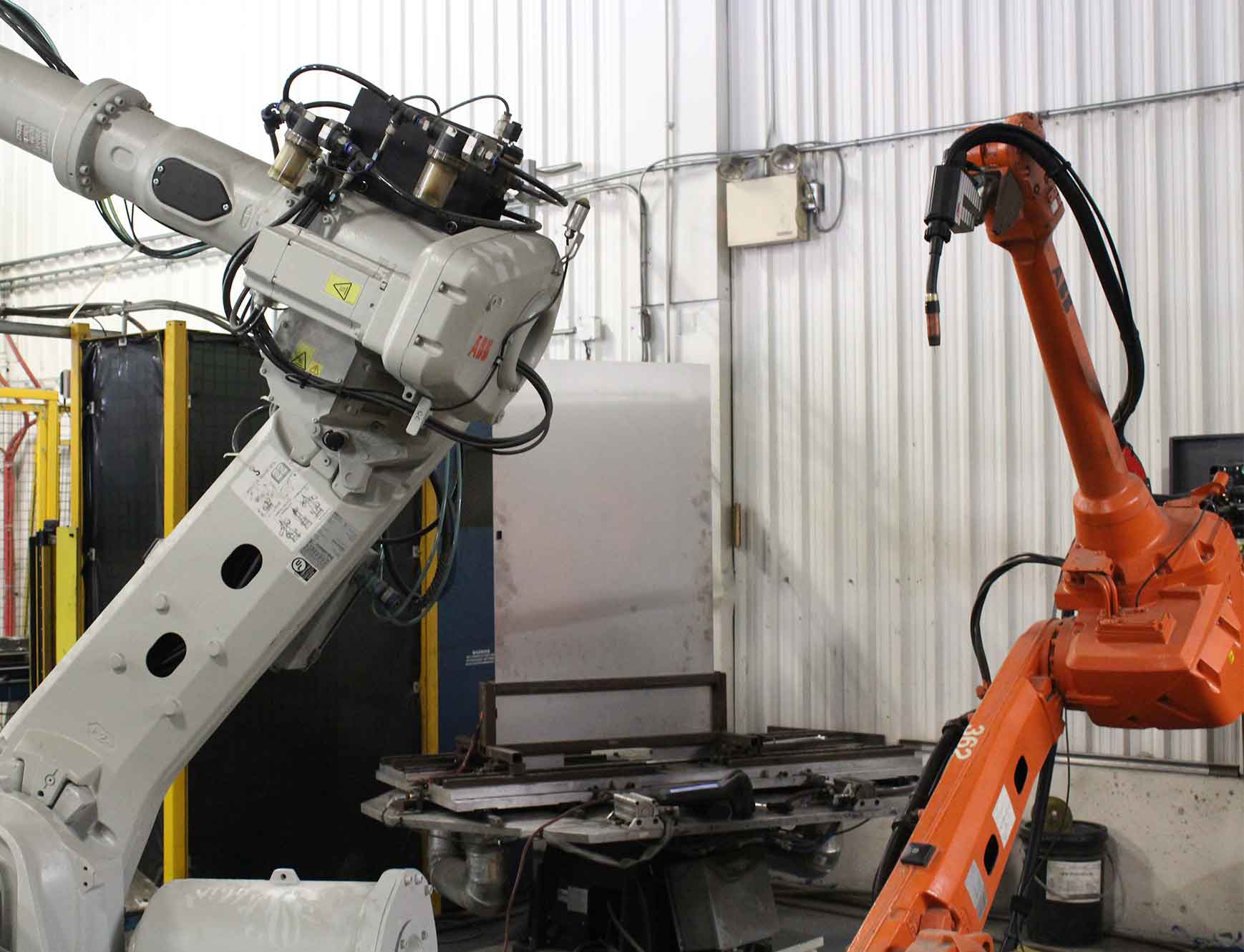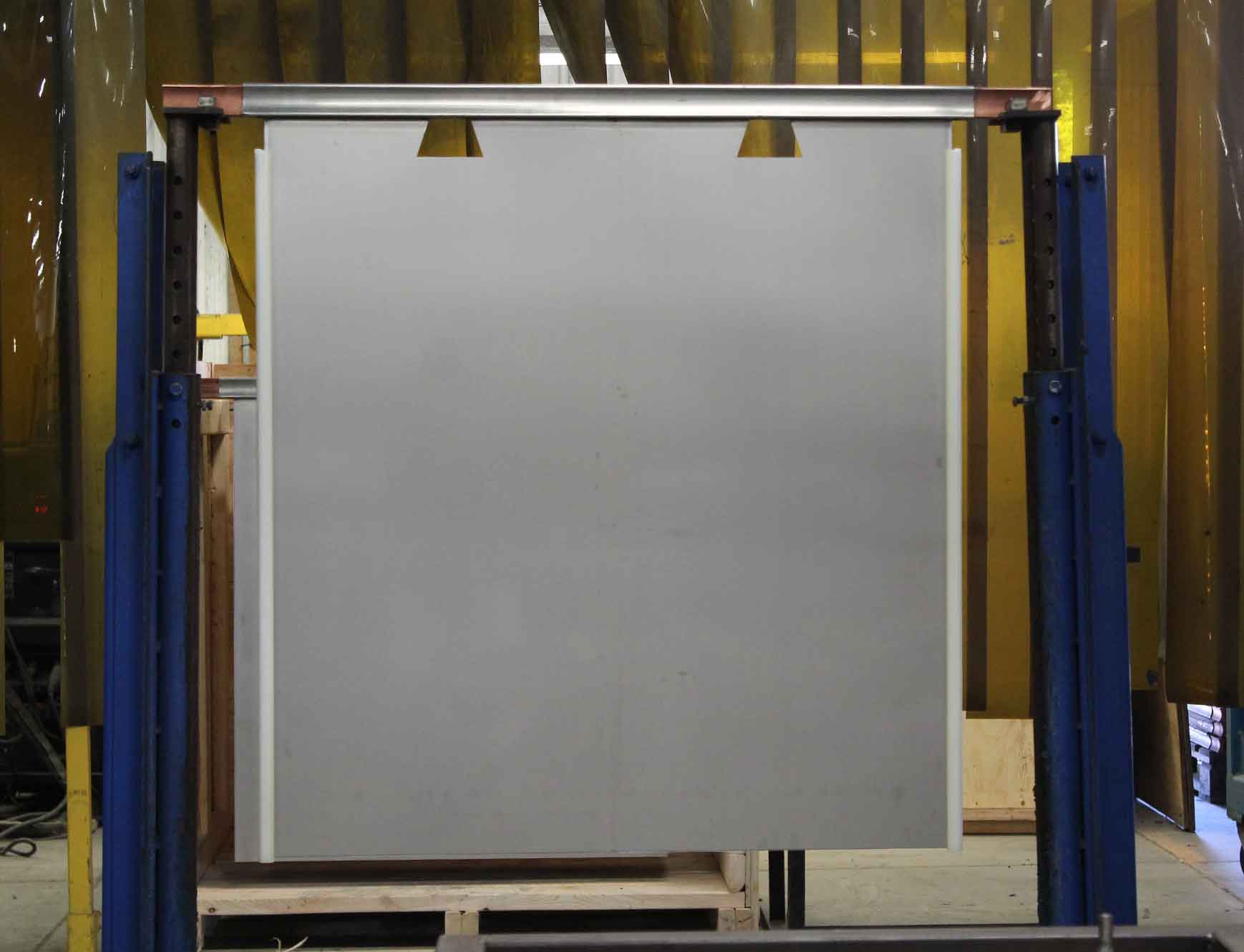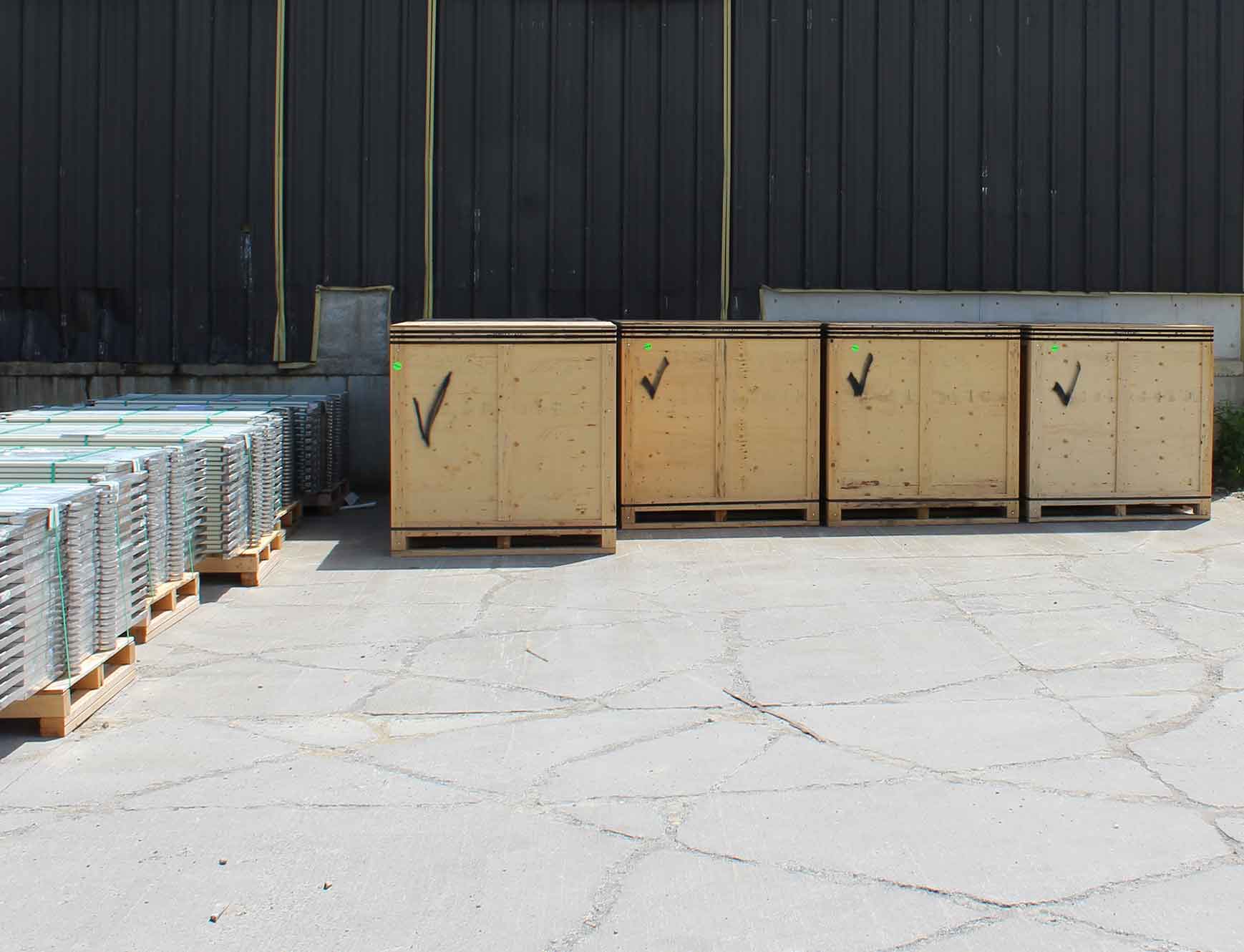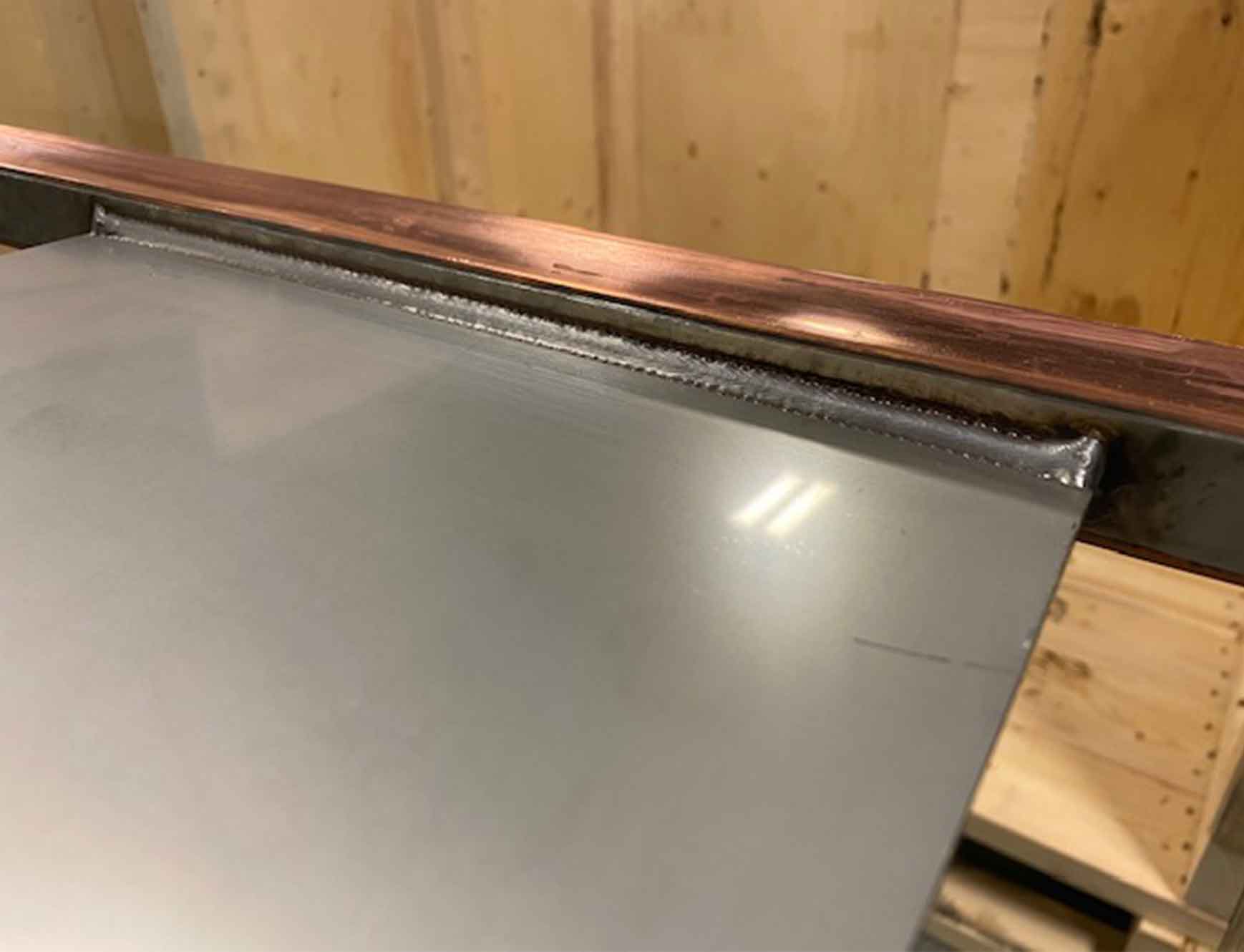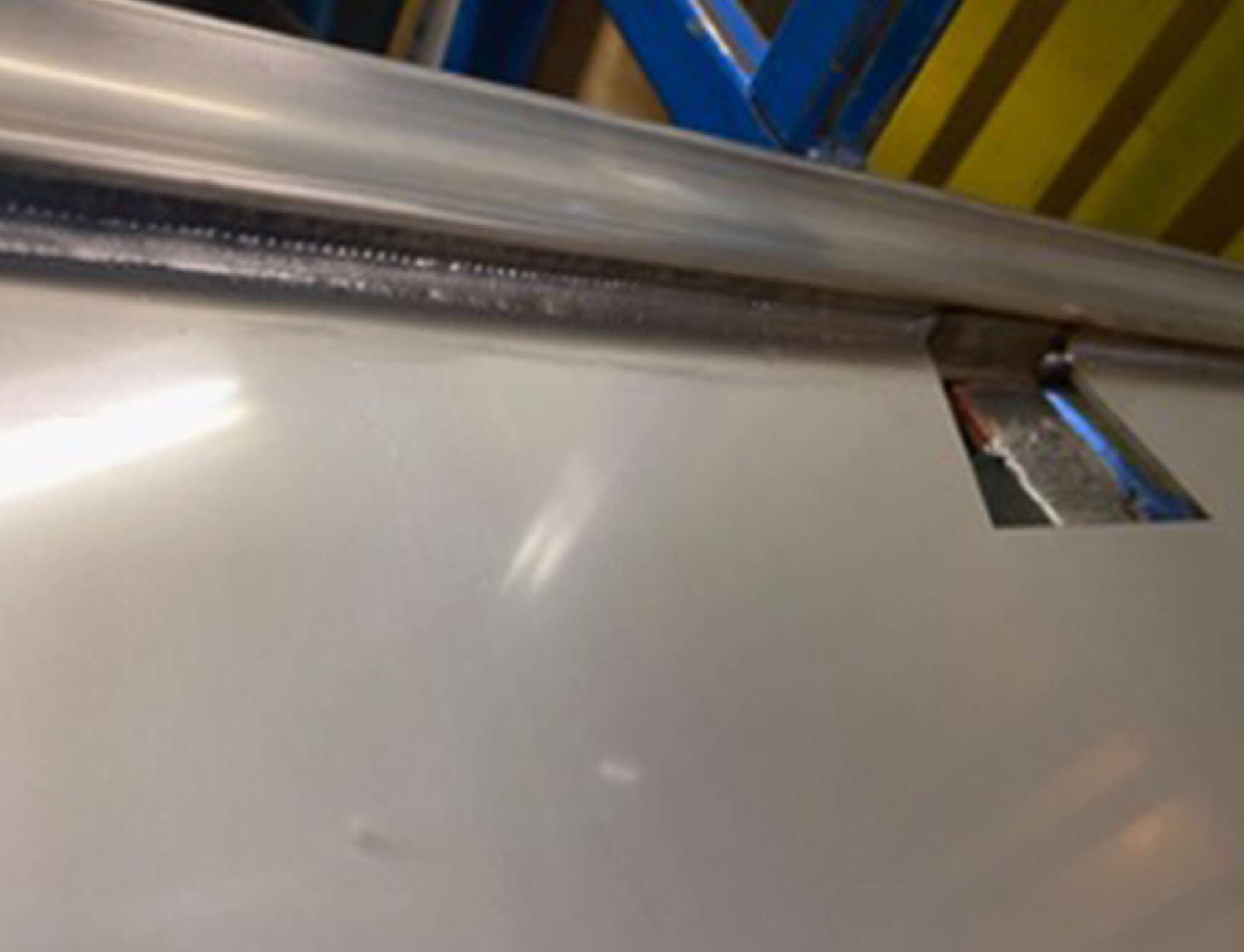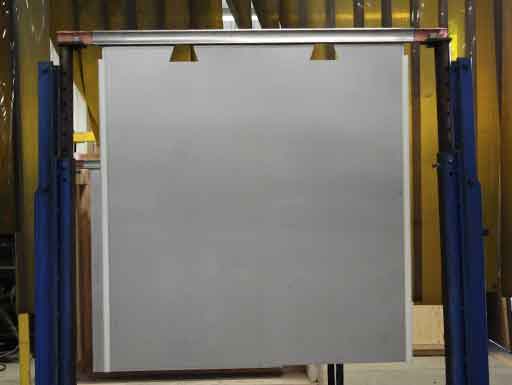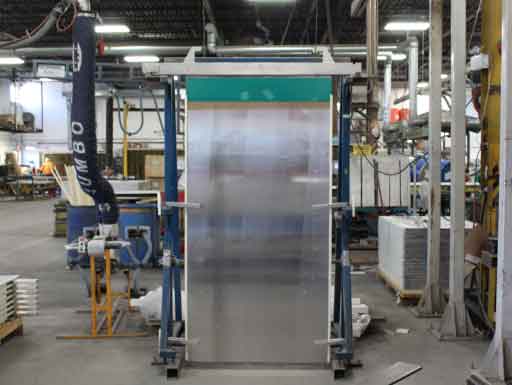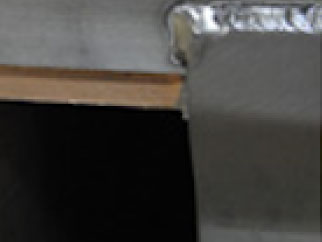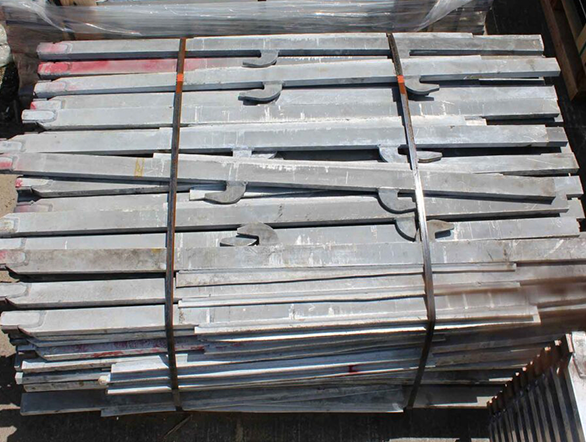STAINLESS STEEL PERMANENT CATHoDES
Limpact’s proprietary impact explosion bonding process thrusts dissimilar metals together under extreme pressure that is created by the detonation of an explosive charge.
The high velocity and high impact pressure of the explosive detonation creates an atomic bond between the dissimilar metals – namely the stainless steel tube and the solid copper hanger bar. A true metallurgical bond is created between the two dissimilar metals. So intimate is this bond, that the two metals share electrons across the bond interface. In simple terms, the bond is pure stainless steel in intimate contact with pure copper.
The metallurgical bond that is created by the explosion bonding process has a shear strength equal to the metal itself. Metallographic examination shows no void at the bond interface. The picture below shows the result of a destructive “peel” test. Note that the copper remains attached to the stainless steel tube, confirming the strength of the molecular bonding of the copper to stainless steel.
SST Permanent Cathodes
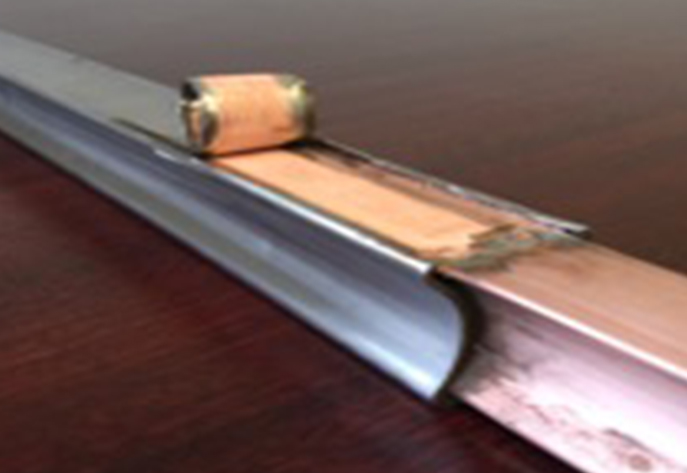
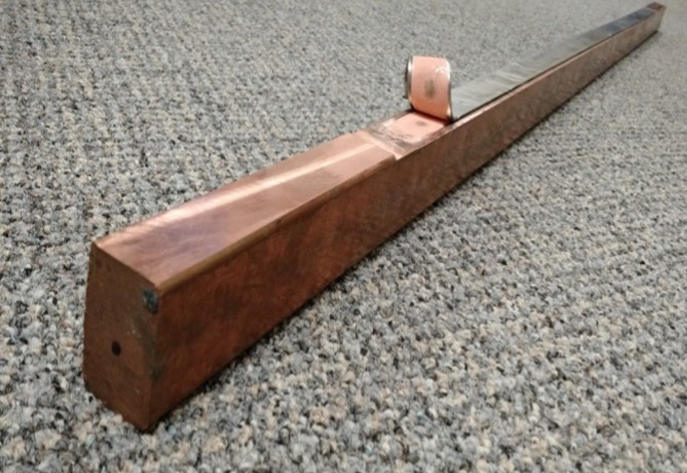
Hanger Bar Life > 25+ years (ER & EW)
Limpact headbar with stainless steel tube cut and peeled back to show explosion-bonded surface > Bonded surface is uniform and stronger than the yield strength of the Copper.
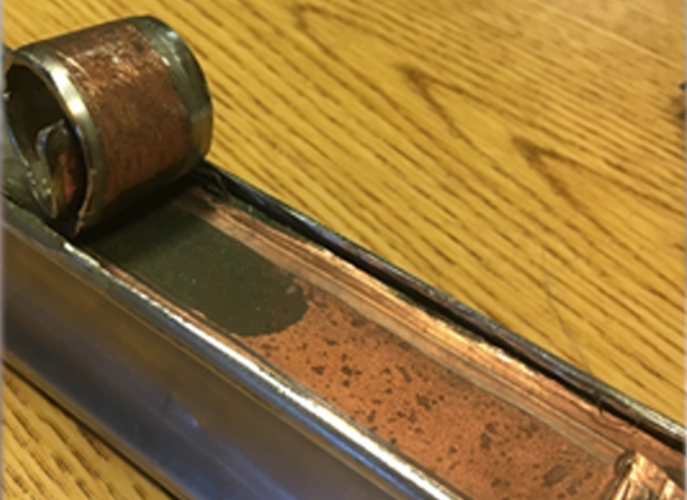
Explosion Bonded SST Permanent Cathodes:
- Limpact Explosion Bonded provides a continuous, high strength, low resistance joint between the copper bar and stainless steel tube.
- The explosion bonding process produces a true metallurgical bond that does not corrode when exposed to the acid mist and refinery electrolyte.
- The stainless steel cathode plate can be welded directly to the stainless steel tube of the suspension bar assembly with a simple, similar metal, structural weld.
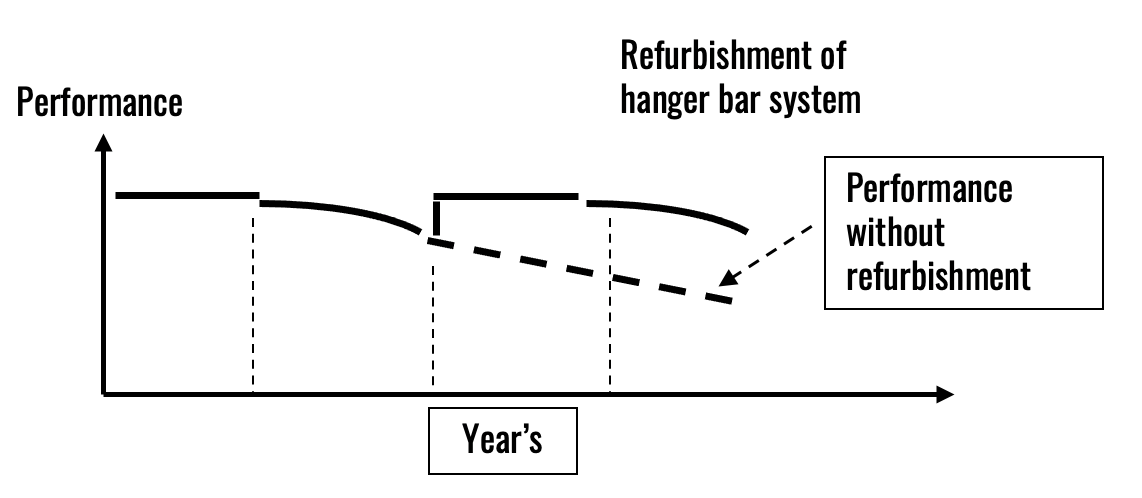
Competitor 1
Electroplated hanger bar system Electroplated copper corrodes
overtime. Deterioration of hanger bar system occurs – operator must plan for refurbishment.
As per article written by ISA Process – The development of a “lower resistance” permanent cathode.
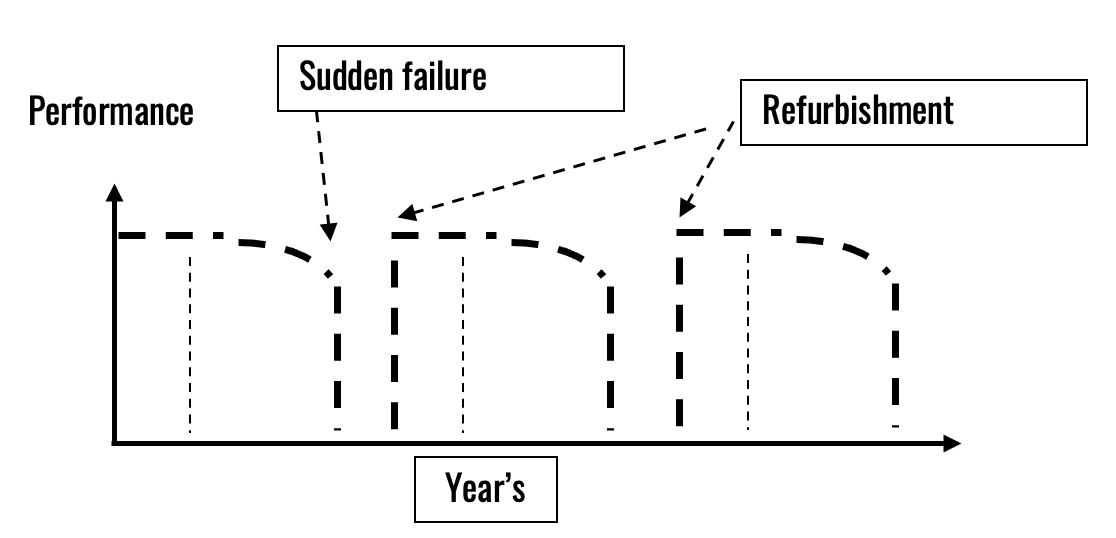
Competitor 2
Solid copper bar system Galvanic corrosion due to dissimilar welds (even when weld is encapsulated in Stainless Steel sheathing) failure unpredictable.
As per article written by ISA Process – The development of a “lower resistance” permanent cathode.
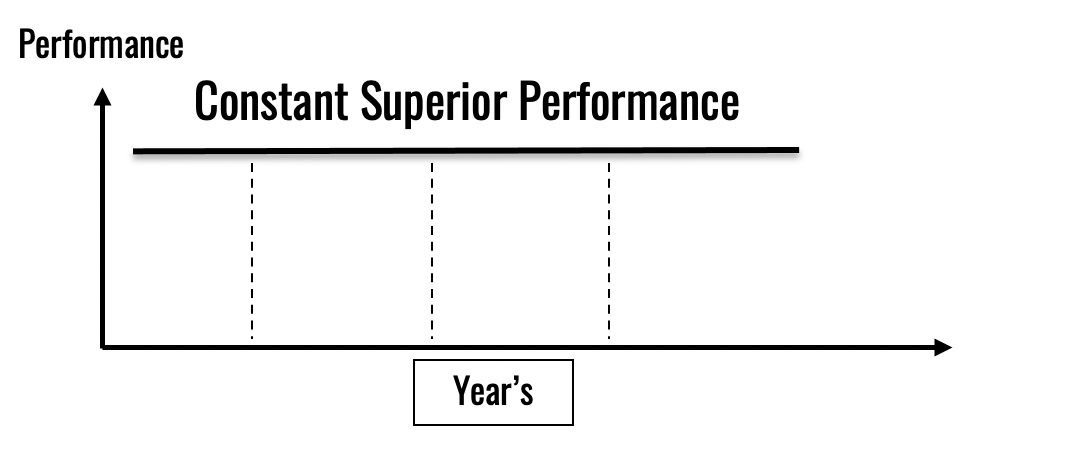
Limpact International Ltd.
No corrosion repair reported for over 20 years. Superior performance over time
Explosion Bonding Technology creates a “solid state” bond between dissimilar metals –
Stainless steel blade and copper hanger bar
• Stable Low Resistance Joint Between Copper and Stainless Steel that does NOT deteriorate over time
• Copper/Stainless Steel Metallurgical Bond that is not subject to galvanic corrosion from acid mist
• No Electrical Resistance at Interface
• Reduced power consumption
• No replating or repairing hanger bars
- The explosion bonding process produces a true metallurgical bond that does not corrode when exposed to the acid mist and refinery electrolyte
- Limpact provides Cathodes that lower your operational costs excellent current efficiency Cathode Lifetime
- High Performance Explosion Bonded triples Cathode life span resistent to corrosion
- No contact resistance across band interface
- The stainless steel cathode plate can be welded directly to the stainless steel tube with a simple, similar metal, structural weld
- Bond can be verified by Limpact ultra-sonic equipment
Limpact cathodes do not contain dissimilar metal welds. Therefore there is no possibility for galvanic corrosion. The stainless steel cathode plate is welded directly to the bottom of the stainless steel tube encapsulating the hanger bar.
Limpact cathodes utilize a solid copper hanger bar. Corrosion and wear of the solid copper bar are insignificant. In contrast, hanger bars of competing cathode designs utilizing a thin (2.5 mm thickness) electroplated copper coating on a stainless steel hanger bar is attacked and reduced in thickness by the corrosive conditions and mechanical wear. This reduction in the thickness of the copper coating results in a significant increase in cathode resistance and leads to increased voltage, poor current distribution and lower current efficiency. Cathodes utilizing furnace brazing technologies are also subject for galvanized corrosion.
Explosion bonding is the preferred method for joining dissimilar metals utilized by manufacturers of buss bar systems that transfer large amounts of electrical current between two or more dissimilar metals. The same electrical properties that make explosion bonding attractive to the buss bar industry make it an ideal method of joining copper and stainless steel in the Limpact cathode.
There is virtually no electrical resistance at the interface of the metallurgical bond in a Limpact explosion bonded cathode. In testing done at the independent Ontario Research Foundation, there was no contact resistance found across the bond interface under test conditions with a sensitivity to detect 0.02 micro-ohms/sq.in. Therefore there is reduced power consumption because there is no heat generated by internal resistance of the stainless steel to copper contact. The continuous weld that joins the stainless steel sheet to the stainless steel tube assures optimum electrical conductivity.
The voltage drop along the hanger bar of the Limpact cathode is low due to the large cross-sectional area of the copper in the hanger bar.
Limpact cathodes utilize a solid copper hanger bar. Corrosion and wear of the solid copper bar are insignificant. In contrast, the hanger bars of competing cathode designs utilize a thin (2.5 mm thickness) electroplated copper coating on a stainless steel hanger bar. This thin copper coating is attacked and reduced in thickness by the corrosive conditions and mechanical wear caused by material handling equipment, that are normal in any copper refinery. This reduction in the thickness of the copper coating results in a significant increase in cathode resistance and leads to increased voltage, poor current distribution and lower current efficiency.
The Limpact SST Mother Blank delivers superior performance and operational savings over the life of the Cathode:
- Improved current Distribution
- Reduces Power Consumption-
- No electrical resistance at bond interface – consistent low resistant joint- day 1, year 10, year 20
- No heavy, expensive repair of the hanger bar (competitors hanger bar must be repaired every 5 to 7 years). Limpact hanger bar is good for life- 20+years!
- Limpact EXB Hanger bars not damaged by acid mist
- No galvanic corrosion; no replating of hanger bars; no re-welding of sheet to bar
See why others are switching to the Limpact SST Mother Blank- best in class!! Explosion bonding is the only way to achieve a true metallurgical bond/interface between dissimilar metals.
Similar PRODUCTS
METALS
ferrous • electrolysis • metals
CONTACT
Telephone
Office +1-905-373-4100
Location
569 D’Arcy Street, Cobourg
Ontario Canada K9A 4B1
H0urs
AVAILABLE 24-7 – EST

